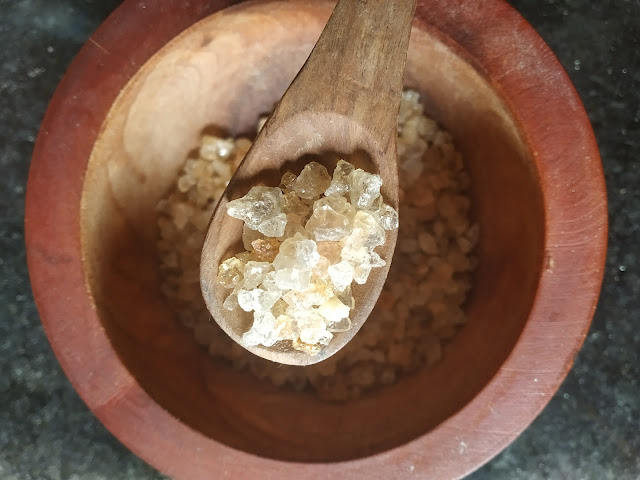Interesting Fun Facts About Sake You Probably Didn't Know
Sake (pronounced "sa-keh") also called rice wine is a rice-based alcohol from Japan. Produced by a brewing process similar to beer, sake is a clear, low proof alcohol beverage. Though technically incorrect, sake is often referred as rice wine. Wine is fermented from the sugars in a fruit whereas sake, in contrast breaks down rice using a two step fermentation process. The ingredients used in sake production are rice, yeast, water and koji (Aspergillus oryzae is a filamentous fungus - a mold which aids in fermentation process).
How do I pick up my Sake:
Sake is categorized on the following three parameters:
1. Grade:
How do I pick up my Sake:
Sake is categorized on the following three parameters:
1. Grade:
- Junmai: This is the purest grade with no additional alcohol being added to this sake.
- Honjozo: Produced only in Japan, this sake includes a small amount of brewer's alcohol ( a neutral distilled spirit) to bring out its flavors.
- Futsu-shu: This is your basic sake and produced without any regulations and typically served hot, as heat masks impurities in sake.
2. Style:
With the exception of Genshu, alcohol content of sake generally ranges from 14% to 16%.
- Genshu: Undiluted full strength sake typically bottled at 18-20% alcohol by volume.
- Koshu: Aged sake.
- Nama: Unpasteurized sake that need to be refrigerated.
- Nigori: Sake with a cloudy appearance due to less filtration process.
3. Rice polishing:
Lesser the polishing, higher is the quality of sake as less polished rice contains more flavor.
- Dainginjo: rice polished 35% to 49% (Ultra premium sake).
- Ginjo: rice polished 50% to 60% (premium sake).
- Tokubetsu Junmai: rice polished at least 65%.
In other words, the above parameters are important factors when picking out a good bottle of sake.
Drinking Sake:
Sake can be consumed straight - hot, cold or at room temperature based on drinkers preference, type of sake and weather. Premium sake is best served chilled or at room temperature, whereas a lower grade sake like futsu-shu is best served warm. Sake is poured into a smaller ceramic flask called "tokkuri" and served in drinking cups called "choko"or "ochoko". The ideal temperature for hot sake is 50 degrees Celsius and is prepared by pouring the sake in a "tokkuri" and then placing the "tokkuri" in hot water bath. The ideal temperature for chilled sake is 10 degrees Celsius.
Typically sake is enjoyed during appetizers, or izakaya (informal Japanese pub similar to a tapas bar) style dining and is still associated with ceremonious or formal occasions such as weddings where a sake ceremony often symbolizes the unity of two families.
Here are some tips for proper sake pouring etiquette one should be mindful of:
Drinking Sake:
Sake can be consumed straight - hot, cold or at room temperature based on drinkers preference, type of sake and weather. Premium sake is best served chilled or at room temperature, whereas a lower grade sake like futsu-shu is best served warm. Sake is poured into a smaller ceramic flask called "tokkuri" and served in drinking cups called "choko"or "ochoko". The ideal temperature for hot sake is 50 degrees Celsius and is prepared by pouring the sake in a "tokkuri" and then placing the "tokkuri" in hot water bath. The ideal temperature for chilled sake is 10 degrees Celsius.
Typically sake is enjoyed during appetizers, or izakaya (informal Japanese pub similar to a tapas bar) style dining and is still associated with ceremonious or formal occasions such as weddings where a sake ceremony often symbolizes the unity of two families.
Here are some tips for proper sake pouring etiquette one should be mindful of:
- Always pour sake for others and allow someone else to pour and fill your sake cup.
- Make sure you place two hands on the tokkuri ceramic flask when pouring sake to others.
- When receiving sake, hold the small ochaku cup in the palm of your hand and gently rest the fingers of the free hand on the side of the cup. To show respect, lift the cup slightly towards the pourer.
- Be sure to wait for for every-ones drink to be served and then raise your glass for a toast - "kanpai".
Sake Cocktails:
Sake can be used as a perfect base in various classic cocktail recipe such as mojito, gimlet etc. Check out our review of Hello Guppy, BKC which serves some awesome sake cocktails.








You have Shared great content here about24 Inch Wide Built-In Wine Cooler I am glad to discover this post as I found lots of valuable data in your article. Thanks for sharing an article like this.
ReplyDeleteThhank you for sharing this
ReplyDelete